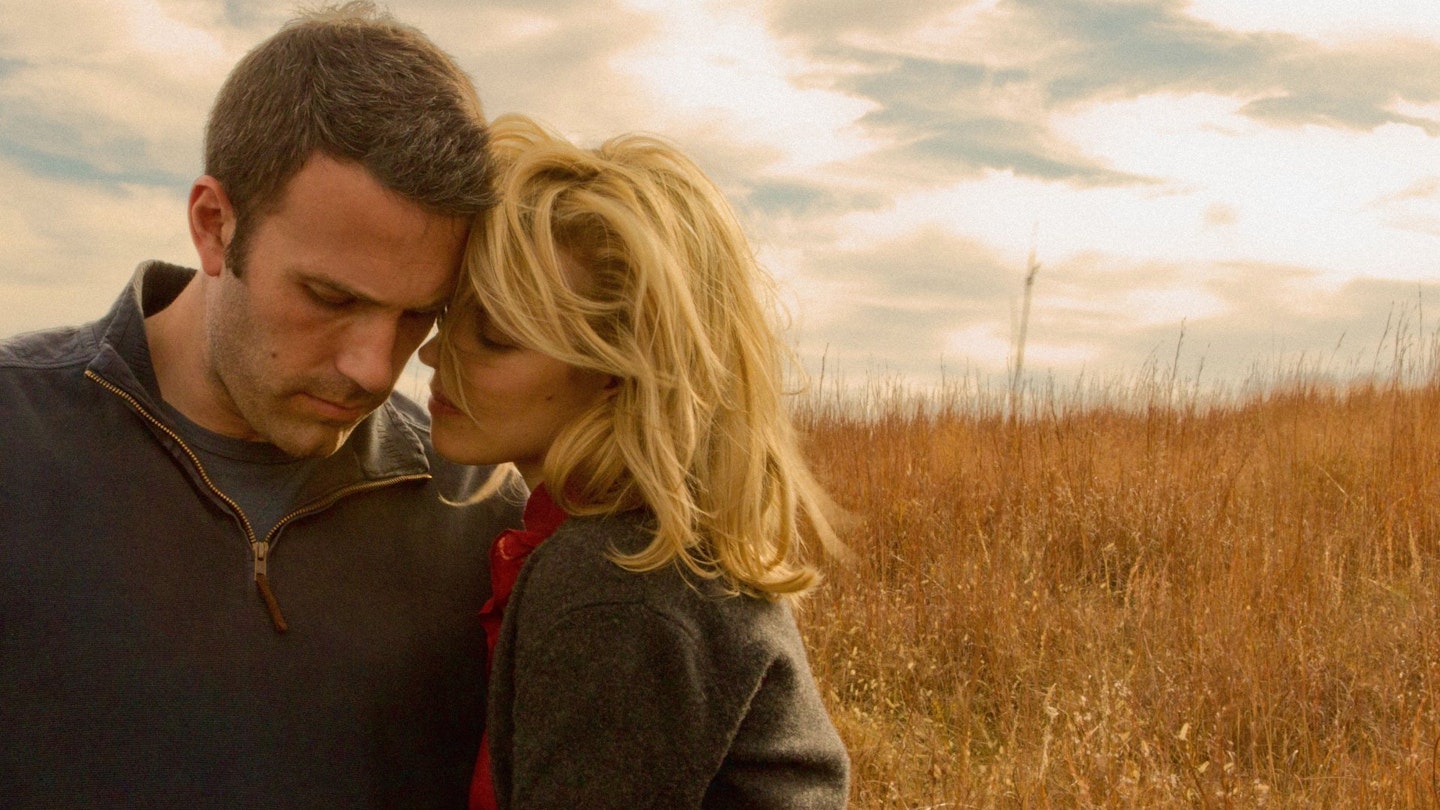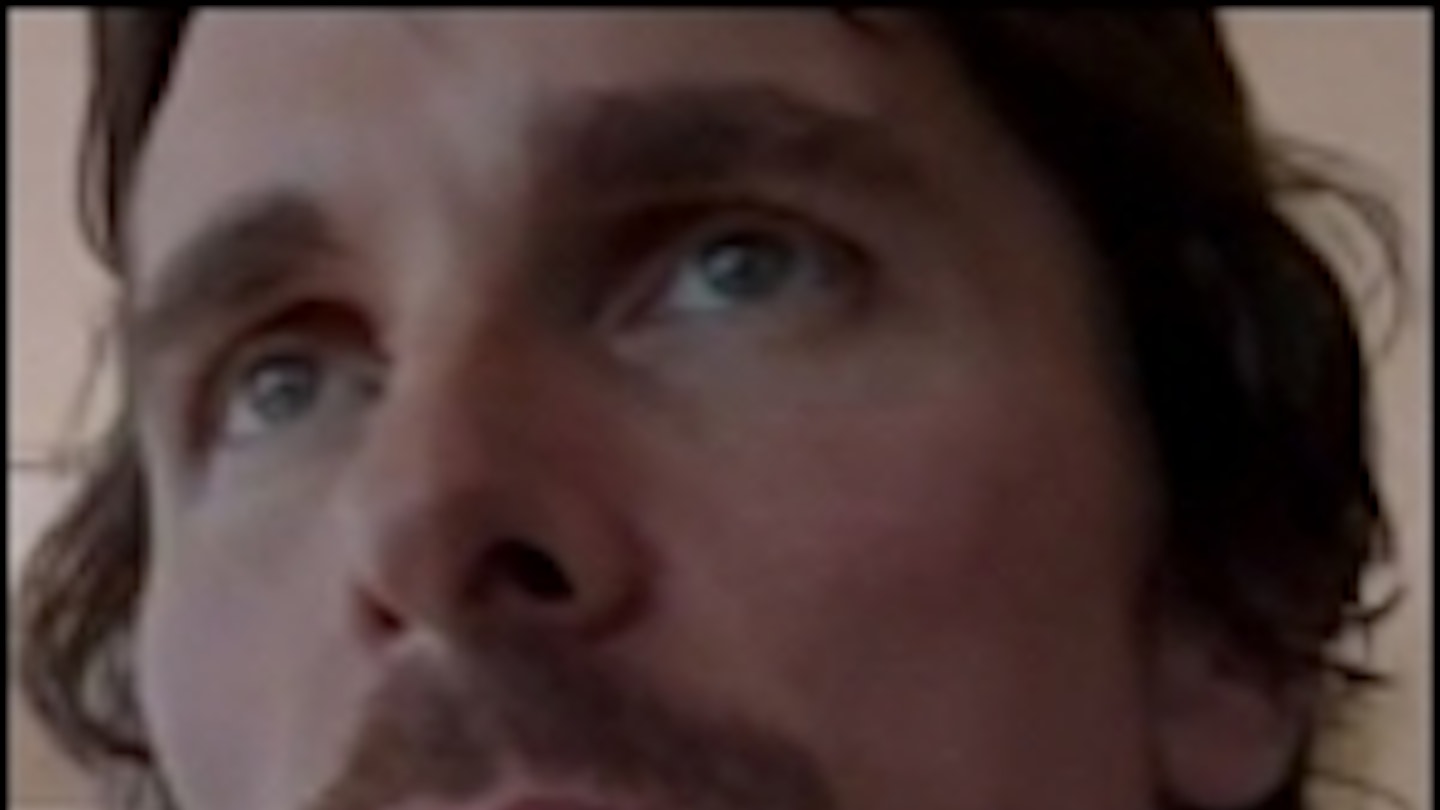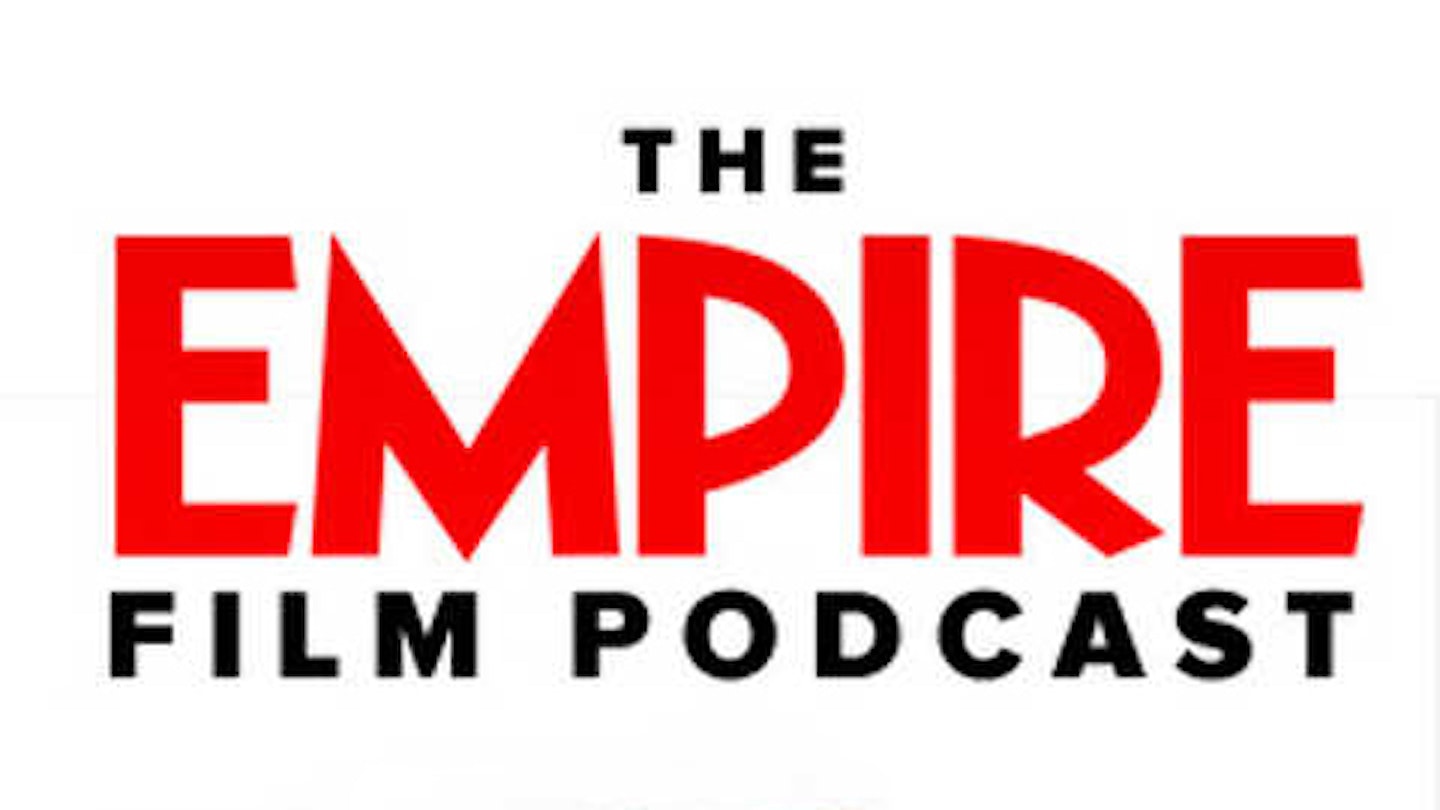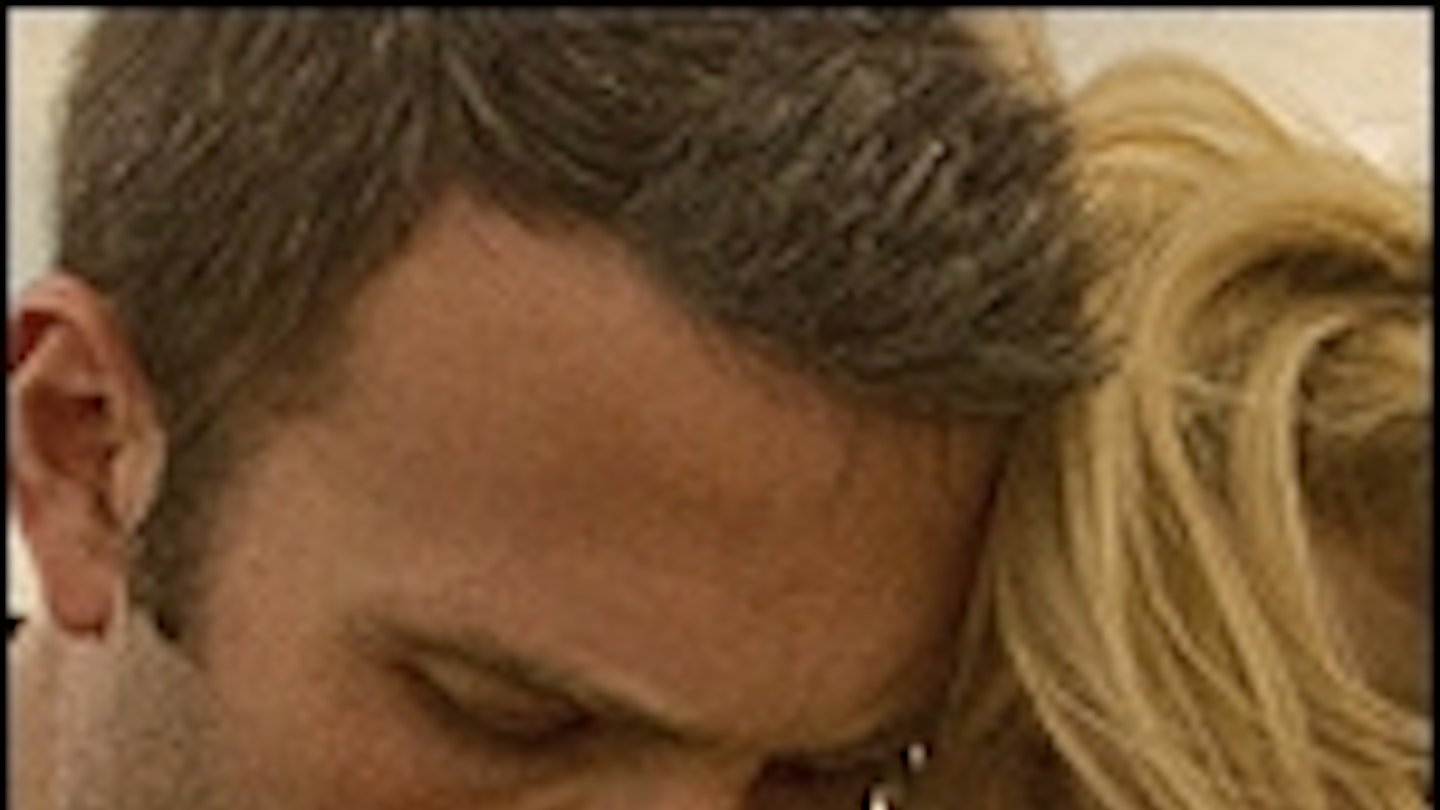“It makes Tree Of Life look like Transformers,” said star Ben Affleck about Terrence Malick’s To The Wonder. He’s not wrong. All of Malicks tics — voiceover, impressionistic editing, bursts of classical music, grass, lots of grass — are even more pronounced, but there are key tweaks to his M. O..
Firstly, this is Malick’s first film set wholly in the present — the film opens with ugly camera-phone imagery, still the most lyrical camera-phone imagery you’ve ever seen — and the film generates interesting tension from the rub of Malick’s timeless concerns (paradise lost) against strip-mall America. In outline, To The Wonder could be an Apatowian romantic comedy: a quick-to-commit couple try to survive the realities of love after the first throes of ardour have waned. Malick shoots the start of Neil (Affleck) and Marina’s (Olga Kurylenko) romance like no-one has ever made a film about the rush of love before. Every romantic cliché is there — a snatched kiss on a honey-glazed Seine bridge, whispered voiceover sharing breathless expressions of love — but such is the force of Malick’s feeling that it becomes tender, sexy ( another Malick first) and touching. It’s a triumph of the un-ironic, life and love through different eyes.
In its second Stateside act, the ebb after the flow in the pair’s relationship delivers a touching portrait of disillusionment, fading fervour and temptation. Malick intertwines their faltering feelings with the couple’s priest, Father Quintana (a haunted Javier Bardem), as he questions his faith in what seems an increasingly Godless world. Passion (religious or romantic) vs. pragmatism is a throughline here.
An underrated actors’ director, Malick draws a firecracker of a turn from Romina Mondello as Marina’s best friend. Yet Kurylenko nabs the honours, by turns introspective, silly and heartbreaking.




